Textile & Apparel
industry became the
second largest
polluting industry in
the world.
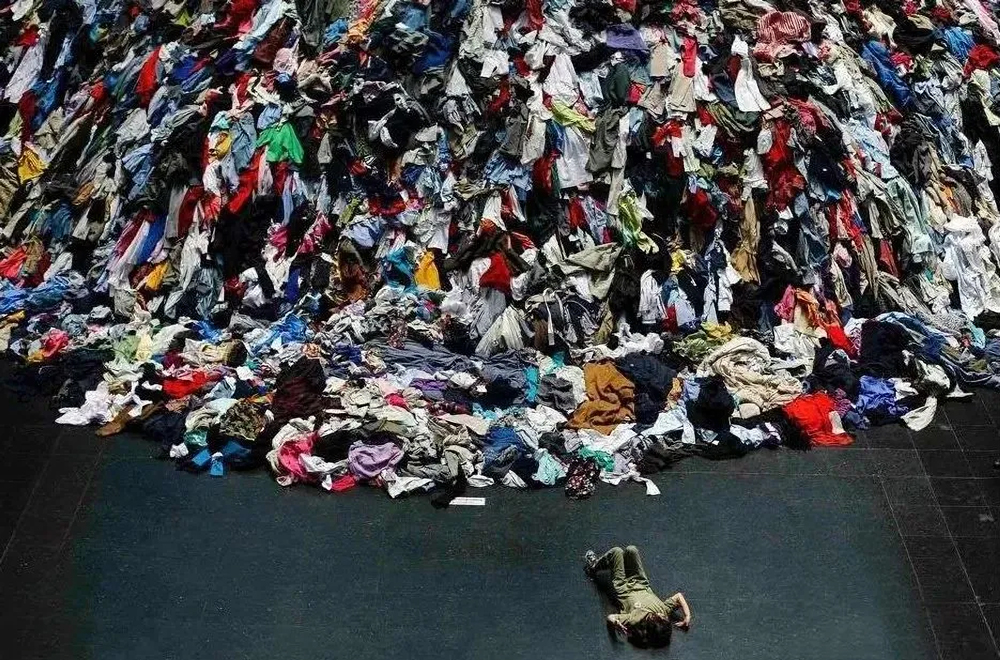
We always can't see the forest for the trees.
As a consumer :
“Behavioral Economics” just urges people to buy and buy crazily.
“What about the clothes in wardrobe? Throw it away directly or abandon as recycled old clothes ?
As an apparel second-hand apparel recycler :
“What about my business when the markets in Africa and Southeast Asia are shrinking ?"
As fashion brands :
The distribution of shopping coupons to customers in the name of old clothes recycling rewards has virtually boosted sales. This is almost contrary to the concept of sustainability.
The real Forest is :
When we live peacefully on this beautiful planet, the world has changed substantially. It gradually became a dirty planet.
Discarded old clothes are transported by containers from developed countries to underdeveloped countries, enter the second-hand clothing distribution market, and are selected, or thrown into the lake or into the sea, or burned.
Among them, synthetic textiles may need to be used for hundreds of years to decompose, and the impact endangers future generations . It is already really poor in those underdeveloped countries, but they still need to pay for the waste of resources caused by the high-speed operation of the world economy. It’s really a tragedy.
Waste is a part of the fashion business model. Up to 40% of the global clothing brands are overproduced and consumed. This is the crime of some overproducing brands, and it will be necessary to reduce their production and consumption.
The carbon emissions of fashion industry account for about 2% - 8% of the global total emissions.
Every year, 100 billion pieces of clothing are produced in the world,of which 60% are discarded within a year( discarded after wearing 7times per capita ), and meanwhile 1.2 billion tons of carbon dioxide equivalent is produced at the same time.
One Piece of clothing = 12 kg CO2 emission
It has exceeded the sum of international flights and sea transportation.
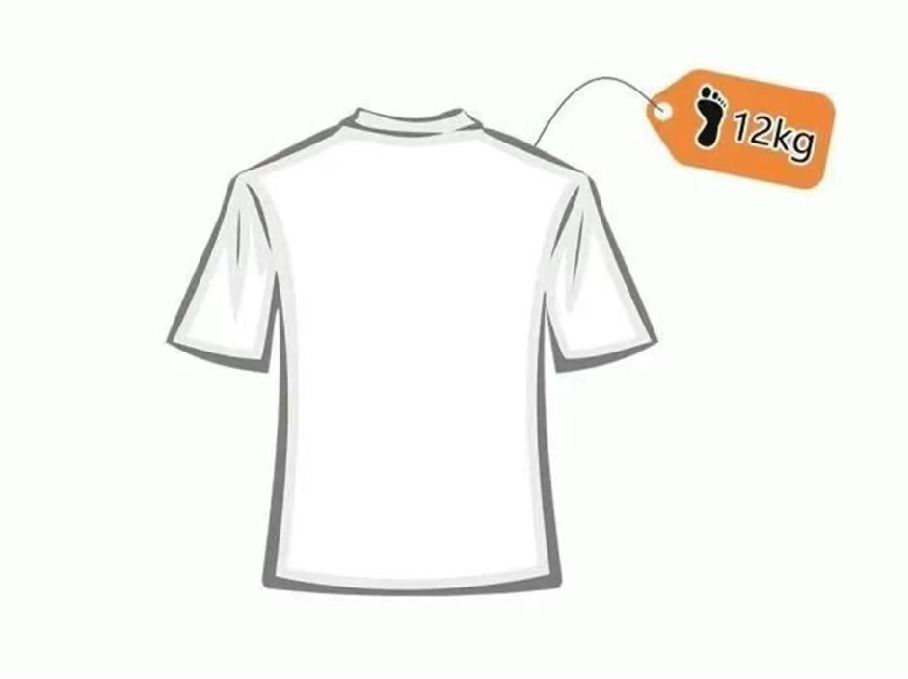
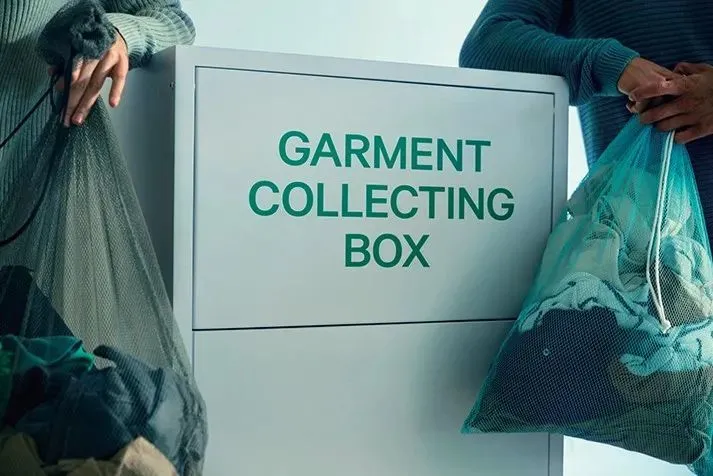
The era of winning by volume has passed, and what remains will eventually be a better choice.
“Buy Less, Choose Well, Make it Last.”
- Vivienne Westwood
“We have to solve the holes poked by our own desire. Since there is an excess, we need to recycle.”
- Person in charge of Recycled
Clothes Sorting Center
More Fabric Choices :
Recycled Fibers
Enterprises that meet GRS conditions and have more than 20% of the recycled components of their products can apply for GRS certification. If the GRS logo needs to be hung on the product to communicate with downstream and consumers about the environmental value of the product, the recycled content of the product needs to be no less than 50%.
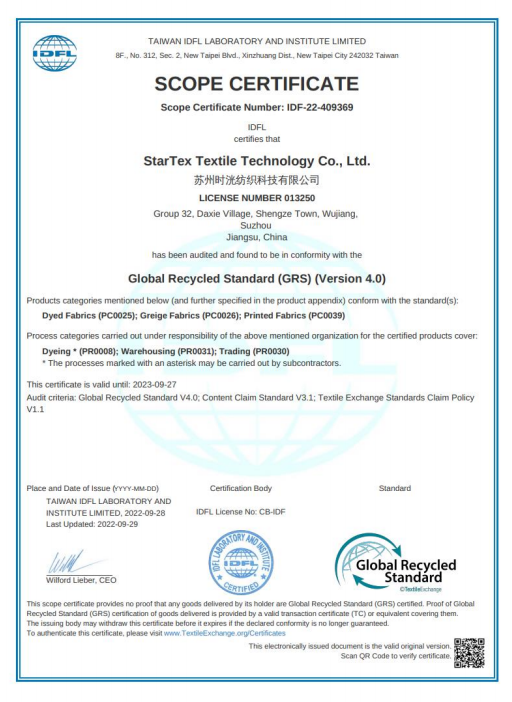
TENCEL™ Fiber
TENCEL™ fibers help maintain environmental balance by being integrated into nature´s cycle
TENCEL™ in nature's cycle
TENCEL™ Lyocell and Modal fibers help to maintain the environmental balance by being integrated into nature´s cycle. The fibers originate from the renewable raw material wood, created by photosynthesis. The certified biobased fibers are manufactured using an environmentally responsible production process. The fibers are certified as compostable and biodegradable, and thus can fully revert back to nature.
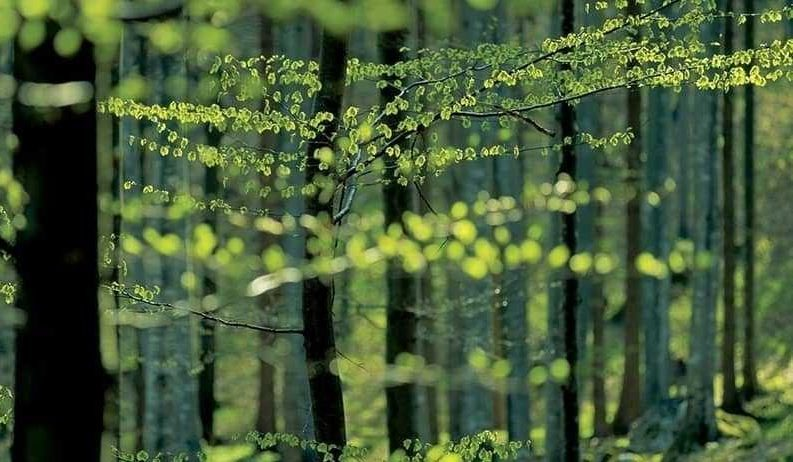
SUSTIANABILITY FABRICS

